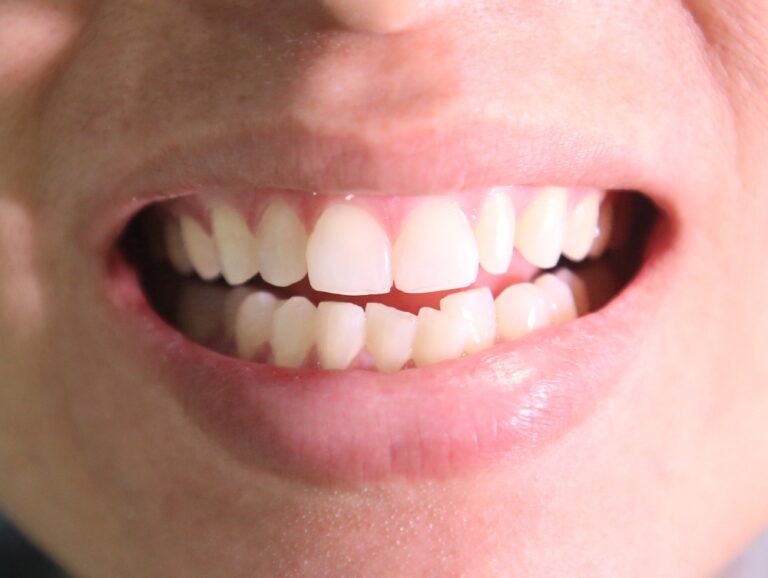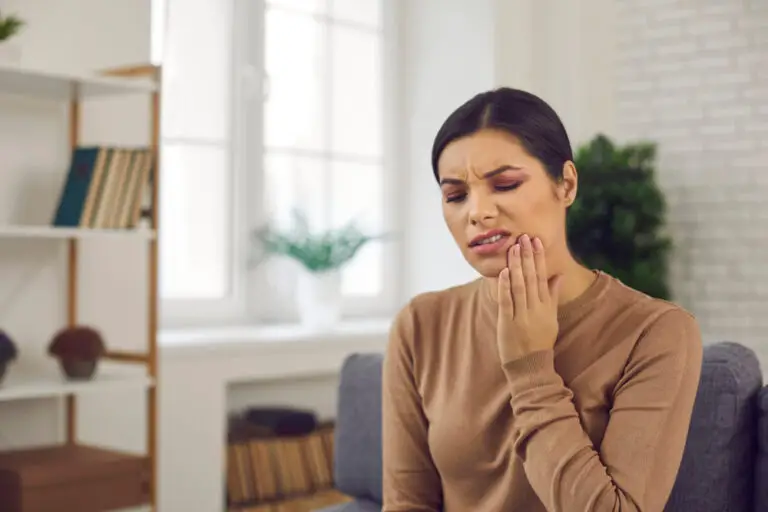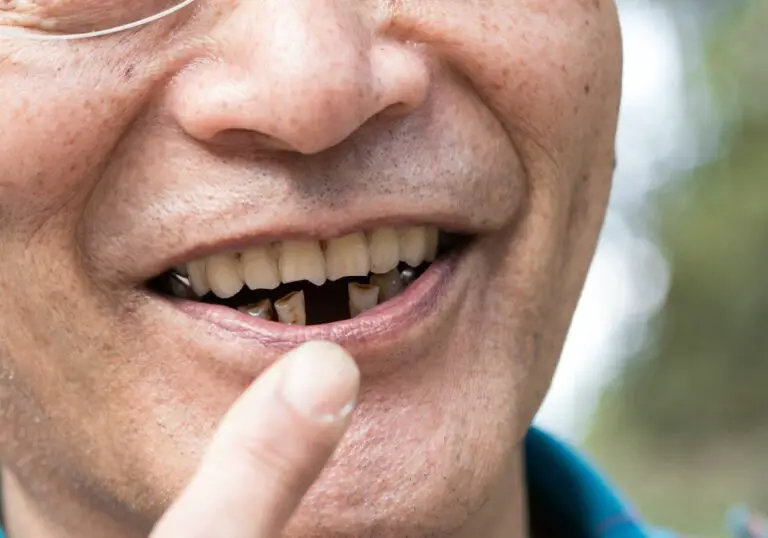Over the past few decades, teeth whitening has exploded in popularity as an aesthetic dental treatment. With so many over-the-counter options from whitening toothpastes to strips and LED kits, it’s easier than ever to brighten a dull smile. However, some people become frustrated when they try these products extensively but still don’t see the results they want.
This is often because their teeth are more than just surface-stained or lightly discolored – they are severely yellowed or intrinsically stained deep inside the tooth structure. This leads to the important question many ask their dentist: “Can my teeth be too yellow to whiten?”
The good news is that with professional options like in-office whitening and custom take-home trays, even the most severely discolored teeth can achieve a visible improvement. However, the process does take more time and effort than mildly stained teeth. Understanding what causes severe yellowing and the best whitening options for significantly discolored teeth will help you achieve the smile you want.
Common Causes of Severely Yellow Teeth
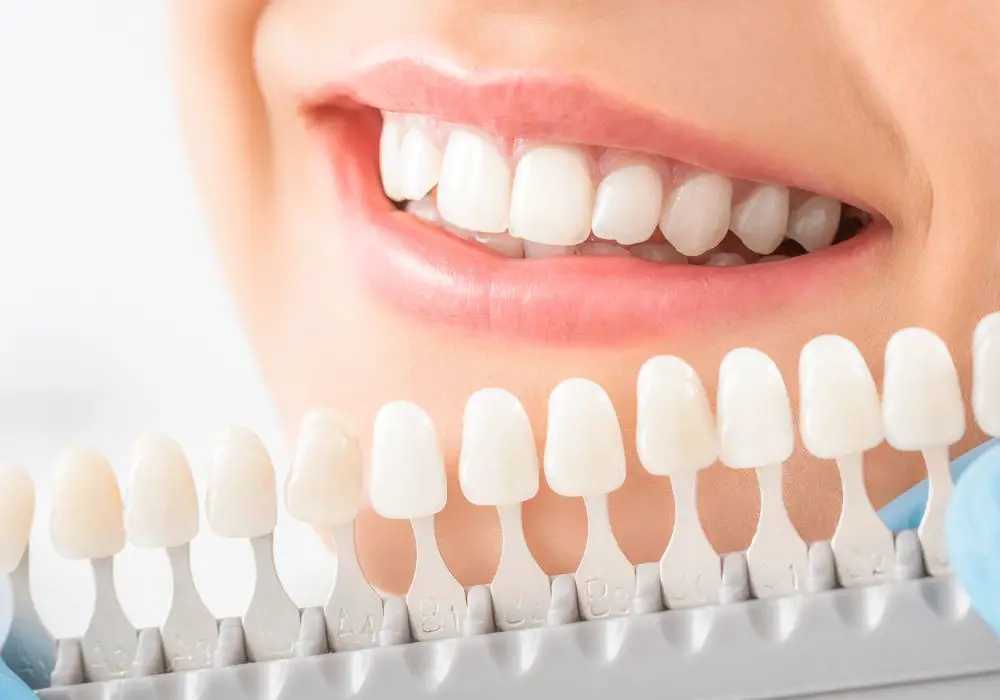
Why do some people struggle with a yellow smile no matter what they try? There are a few main reasons teeth can become seriously stained or intrinsically discolored over time:
Tooth Enamel Thinning
The enamel is the outermost layer of the tooth that protects the sensitive interior layers. Enamel naturally thins over time with aging, wear and tear, and exposure to acidic foods. As enamel breaks down, the yellow dentin underneath shows through more, causing teeth to appear yellower. Thinner enamel also allows stains to penetrate deeper into the tooth structure rather than staying on the surface.
Dentin Properties
Underneath the enamel layer is dentin, which is more yellow, softer, and more translucent than enamel. As dentin becomes more exposed from enamel thinning or damage, its yellowish properties make teeth appear much yellower. The translucent nature of dentin also allows the appearance of inner stains.
Genetic Predisposition
Some people are just born with thinner enamel or slightly yellower dentin genetics that make their teeth appear more yellow. Even with good oral hygiene, their teeth tend to look more discolored than most from youth.
Tetracycline Staining
Exposure to the antibiotic tetracycline while teeth are still developing can cause intrinsic gray, brown, or red discoloration that is very stubborn to remove. Tetracyclines bind to calcium in teeth permanently. This type of staining requires more intensive whitening techniques.
Root Canal Discoloration
After a root canal procedure, the loss of living cells, hemorrhaging and introduction of new chemicals can cause teeth to darken from the inside out. Root canal treated teeth are notorious for their yellow, brown or gray discoloration.
Fluorosis During Development
Consuming excess fluoride while teeth are still forming under the gums can interfere with enamel mineralization and cause staining ranging from faint white specks to dark brown depending on severity. This type of dental fluorosis is irreversible.
Aging Over Time
As we age, our teeth accumulate more stains from food, drinks, smoking and other habits. The foods we commonly eat and drink like coffee, tea, red wine, and berries stain teeth – these stains build up more and more over time. Trauma and cracks also contribute to staining as we age.
Medications
Certain medications metabolize into chemicals that can be absorbed into tooth structure and cause intrinsic discoloration. The worst offenders are tetracyclines, but antihistamines, antipsychotics, high blood pressure medications and more are also implicated in tooth staining.
Professional Teeth Whitening Options
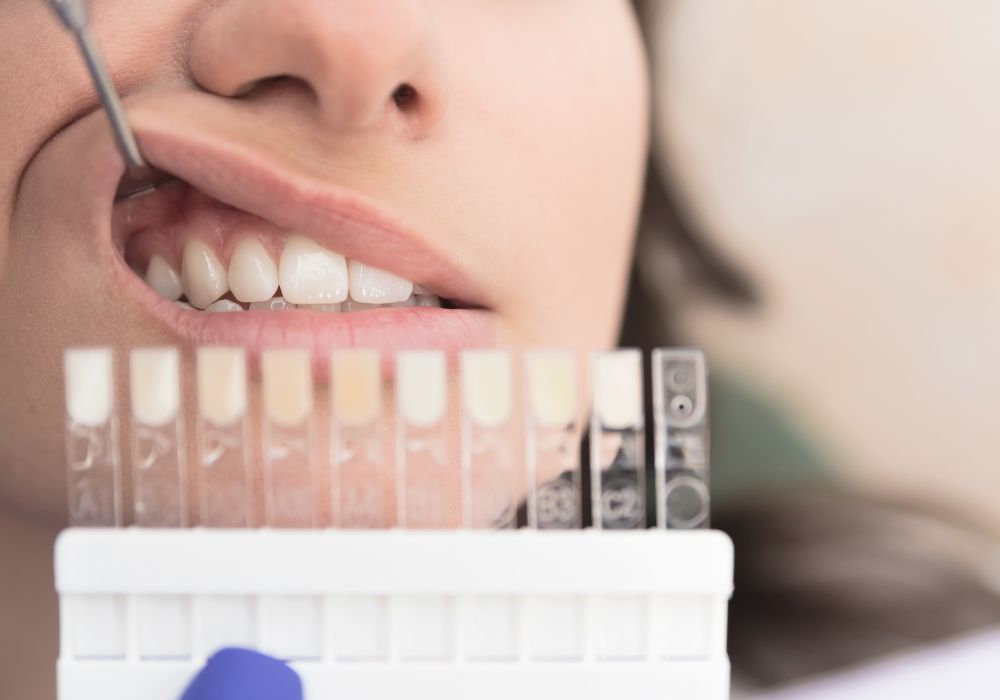
So when teeth are badly stained or yellowed from factors like age, trauma, genetics, tetracycline exposure or other influences, what choices are there to still whiten them effectively?
While over-the-counter methods may not be strong enough in these cases, there are professional whitening treatments your dentist can provide to lift even stubborn, deep-set stains for a brighter smile:
In-Office Whitening
In-office whitening is the fastest way to dramatically whiten very discolored teeth. During this appointment-based treatment, soft dams or barriers are placed to isolate teeth and protect gums. A very high concentration hydrogen peroxide gel – usually between 15-35% – is applied to teeth.
Then, an activation light and/or heat are sometimes used to accelerate the whitening chemical reaction. Within just one 30-60 minute session, dramatic lightening can be achieved, even for very yellowed teeth. Multiple in-office sessions may be recommended for the most stubborn stains.
Custom-Fit Whitening Trays
First, your dentist takes precise impressions of your teeth and has custom trays fabricated. These trays fit your unique teeth tightly so that the whitening gel stays only on teeth and avoids contact with gums.
You’re given whitening gel with 10-22% carbamide or hydrogen peroxide in disposable syringes to place into the custom trays at home, often for 1-2 hours daily or overnight while sleeping. As the trays hold the whitening agent in close contact with teeth, the peroxide can deeply penetrate stains, providing gradual lightening over 10-14 days of use. This extends the exposure compared to in-office methods.
Whitening Strips
Special prescription strength whitening strip products provided by your dentist can also be effective for stubborn stains. These use 10-14% hydrogen peroxide and are molded to fit your teeth better and stay in place compared to over-the-counter strips. When used consistently for the recommended 2-4 week duration, dramatic whitening is possible for even very yellowed teeth.
At-Home Whitening Kits
Your dentist can provide custom-fit trays, special toothbrush applicators, or oral illumination devices for use with professional strength whitening gels at home. By using 10-22% whitening gels for 30 mins to an hour or more daily, significant lightening can occur over 3-8 weeks of consistent use. For very discolored teeth, your dentist may recommend higher peroxide concentrations or extended treatment duration.
Considerations for the Most Discolored Teeth
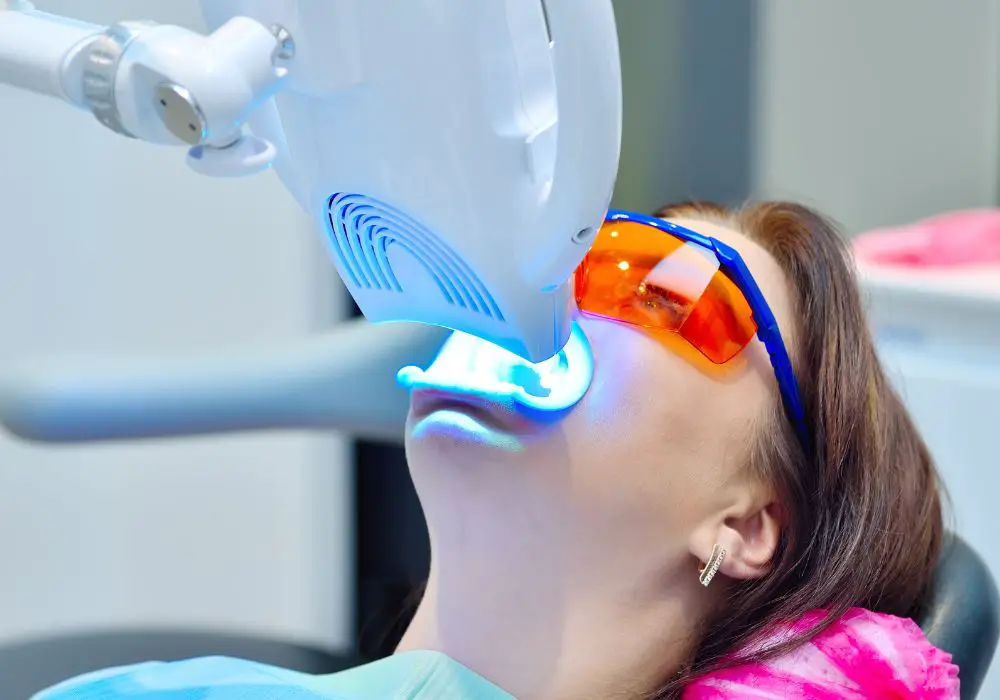
When dealing with severely yellowed or intrinsically stained teeth, there are some important factors to consider:
- Whitening treatments will take more time and effort compared to mildly stained teeth. Plan for at least 2-4 weeks of an at-home regimen or multiple in-office appointments. Be patient and consistent.
- Speak to your dentist about the possibility of higher peroxide concentrations or special add-on treatments to better penetrate stubborn stains.
- Address any oral health, hygiene, and dietary habits that may be contributing to staining. Stop smoking and cut back on staining foods/drinks.
- Restorations like crowns, veneers, fillings and bridges will not whiten along with your natural teeth. These may need replacement after whitening to match your new smile.
- Sensitivity is more common with significant pre-existing discoloration. Use desensitizing toothpaste before and after whitening, take breaks, and discuss options with your dentist.
- Initially whitened teeth will still have some light yellow tones – don’t expect unrealistic “toilet bowl white” results. Manage expectations through photos and shade guides.
- Periodic touch-up whitening sessions will be needed over time to maintain your results. Avoid relapse by minimizing staining habits.
Professional Whitening Methods Comparison Table
| Method | Active Ingredient | Concentration | Duration | Uses |
|---|---|---|---|---|
| In-Office Whitening | Hydrogen peroxide | 15-35% | 30-60 minutes per session | Light activation, multiple sessions for stubborn stains |
| Custom Trays | Carbamide or hydrogen peroxide | 10-22% | 1-2 hrs daily for 10-14 days | Tight-fitting trays, overnight use |
| Whitening Strips | Hydrogen peroxide | 10-14% | 30 mins daily for 2-4 weeks | Prescription-strength, molded strips |
| At-Home Whitening Kits | Carbamide or hydrogen peroxide | 10-22% | Daily use for 3-8 weeks | Custom trays, brush tips, light activation |
Frequently Asked Questions
Can smokers whiten their teeth?
Yes, but stains from smoking are very challenging to fully remove. Smokers will likely see less dramatic results and need to repeat whitening periodically. They should also consider quitting smoking if possible to prevent new stains.
Does whitening harm tooth enamel?
When used correctly, whitening is safe for enamel. However, misusing products or over-whitening can weaken enamel, so always follow your dentist’s directions.
Is whitening permanent?
No. While professional whitening can last 1-3 years, periodic touch-ups will be needed. Avoiding heavily staining foods and maintaining good oral hygiene helps lengthen results.
Can whitening worsen tooth sensitivity?
Whitening may cause temporary sensitivity for some people. Desensitizing toothpastes, fluoride treatments and taking breaks during the whitening schedule can help alleviate sensitivity.
Is whitening safe during pregnancy?
It’s best to delay non-essential whitening until after pregnancy. Whitening is likely safe second trimester onwards but always check with your OB-GYN first.
Conclusion
At first glance, significantly yellowed or intrinsically stained teeth may seem like a lost cause. However, professional whitening methods make it possible to achieve noticeable – even dramatic – improvements in tooth color. Options like in-office whitening, take-home trays, prescription strips and whitening gels can all incrementally lighten smiles over time with perseverance. Just remember to be patient and discuss realistic expectations and a customized regimen with your dentist.
While severely discolored teeth present a greater challenge, significant whitening and confidence boosting results are still very attainable with the right professional protocol. Don’t let stains discourage you from your brightest smile. After all, it’s never too late to get the white smile you’ve always wished for!

